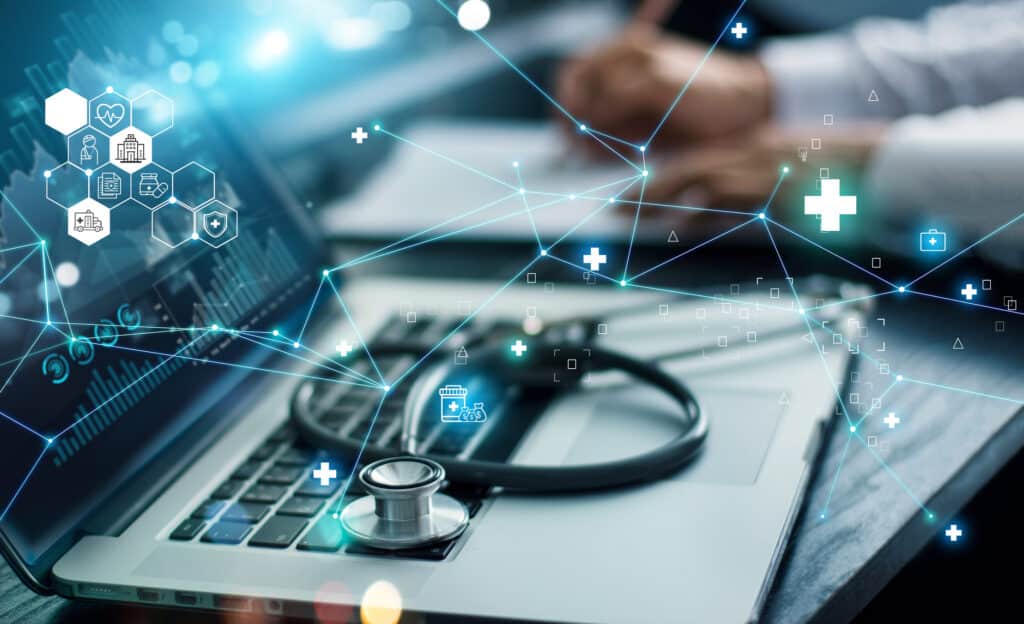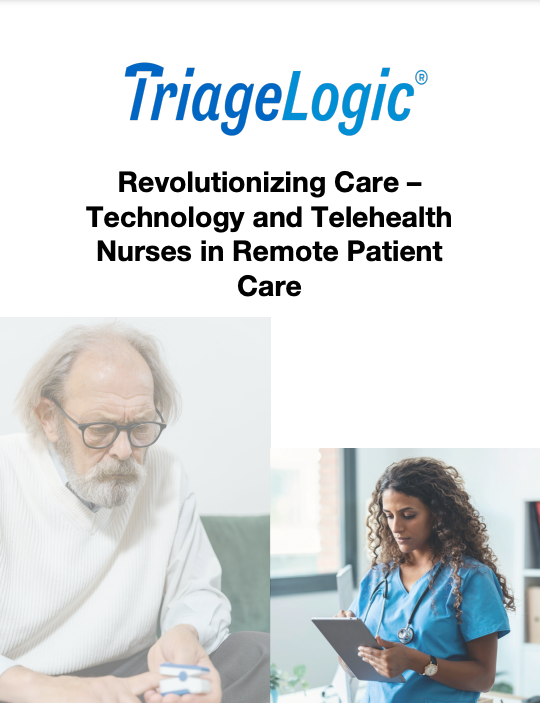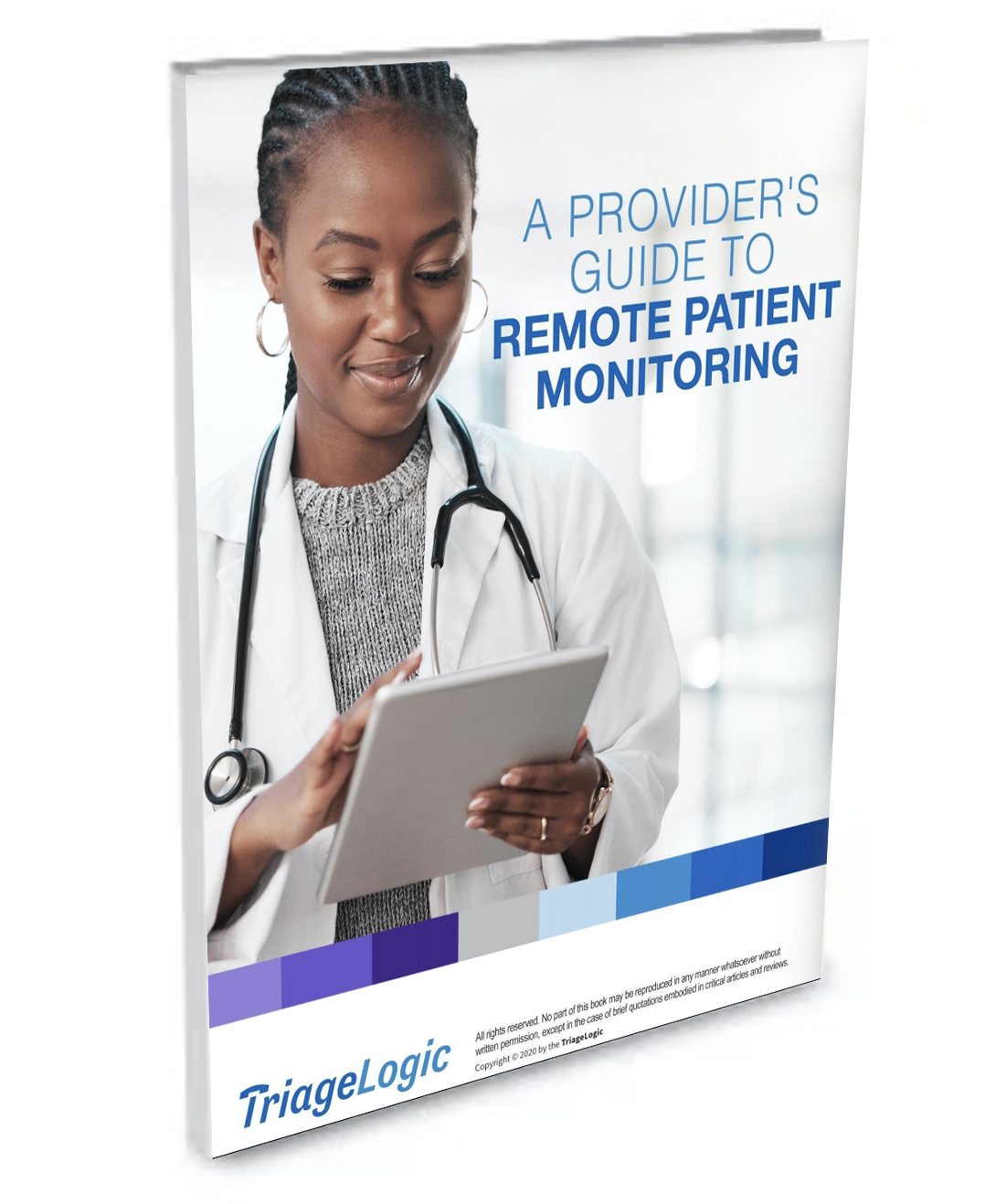Chronic care management can be difficult for two key reasons: first, the inability to maintain accurate data on patient health in between visits; second, having systems that fail to share data for continuity of care. Are you aware that remote patient monitoring (RPM) can alleviate both? Let’s explore how to improve patient monitoring with EHR systems so that your patients experience better health outcomes.
RPM’s Success at Recording Patient Health
Studies have shown that RPM can lead to improved patient health outcomes, reduced healthcare costs, and increased patient and provider satisfaction. It does this by using wearable sensors to continuously record key health metrics in real time, then share that data directly with providers for review. Nurses can review that data to identify when patient health may be about to worsen so that providers can intervene early. When integrated with EHR systems, RPM can offer powerful data organization to keep track of patient vitals over time, and what treatments were administered or adjusted to meet them.
The results: fewer errors from having to manually input this same information, and better clinical decision-making to address each patient’s condition.
Challenges of Integrating RPM With EHR Systems
It’s worth noting that like most medical technology, not all RPM platforms are created the same. This can lead to some unexpected challenges if you don’t properly evaluate each vendor and their solution to make sure that it aligns with your practice’s specific needs.
Some RPM vendors have difficulty with data interoperability, which means that the vitals they record may not be able to transfer smoothly between their platform and your in-house software. You may also see that data becomes inaccurate or outdated because of this inability to sync, creating more administrative work for your team to identify and correct these issues.
You’ll also want to verify that the RPM devices and software that a vendor offers meet the current guidelines for data security and privacy. Data transferred between RPM devices and EHRs must be encrypted and handled in accordance with HIPAA regulations.
Additionally, some RPM solutions aren’t as intuitive as others, which can lead to more staff training to understand how to use it and its features, as well as IT resources to oversee its implementation or technical issues.
Despite these potential issues, RPM is still strongly worth the investment, and can offer a host of benefits to you and your team when you find the appropriate solution.
How Remote Patient Monitoring Enhances Healthcare Delivery
As we mentioned above, RPM helps providers intervene early when patients’ health is about to deteriorate. With continuous data collection and automated alerts, physicians are notified of abnormal readings before they escalate into critical conditions. In turn, this leads to fewer hospitalizations and emergency visits.
Patients become more involved in their care when they can see their health trends over time and understand them. Improved adherence to treatment plans is often a natural byproduct of this increased engagement, and also essential to a successful RPM program. Patient monitoring can also boost value-based care initiatives by helping organizations meet quality metrics and reduce avoidable healthcare expenses.
Introducing RemotePatientPro™
TriageLogic is proud to offer a powerful, turnkey RPM service that helps healthcare providers like you improve patient monitoring without the administrative burden. Designed for seamless integration with your EHR, our RemotePatientPro (RPP) solution captures and uploads patient data automatically, minimizing the risk of transcription errors and saving time for your staff.
One of the standout features of our service is its clinical support. Our call center of registered nurses acts as an extension of your practice, reviewing patient data as it comes in and escalating issues to physicians when needed. Nurses also provide ongoing education and engagement for your patients about how to use their devices. Our white-labeled support model allows you to extend care beyond the office without needing to hire additional in-house personnel.
Security and compliance are also central to our platform. Our RPM service adheres to strict HIPAA standards, with end-to-end encryption and audit trails that keep patient data safe. Training and implementation support is included, ensuring your practice is up and running quickly and your staff feels confident using the system.
Why Integration Matters for Long-Term Success
The effectiveness of patient monitoring with EHR systems lies in its ability to unify patient care across multiple touchpoints. When monitoring data is siloed from the EHR, clinicians may miss critical context or fail to act promptly. Integration eliminates these gaps, ensuring all stakeholders have a full picture of each patient’s health status at any given time.
For physicians seeking to improve outcomes while managing operational efficiency, RPM that integrates with your EHR is no longer a luxury — it’s a necessity. With tools like TriageLogic’s turnkey service, healthcare providers can confidently adopt remote monitoring and trust that it will enhance, not complicate, their existing care delivery models.
Contact us today to learn more and schedule a demo!
About TriageLogic
TriageLogic is a URAC-accredited, physician-led provider of top-quality nurse telehealth technology, remote patient monitoring, and medical call center solutions. Founded in 2006, the TriageLogic Group now serves more than 22,000 physicians and covers over 42 million lives nationwide.





